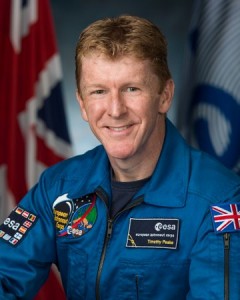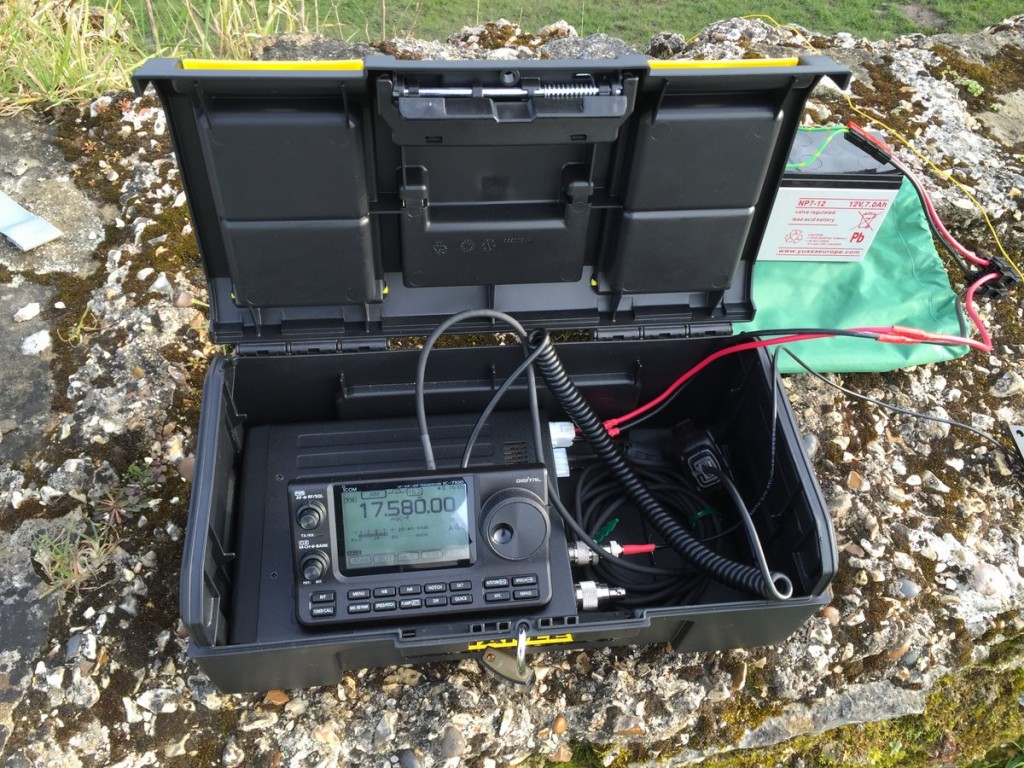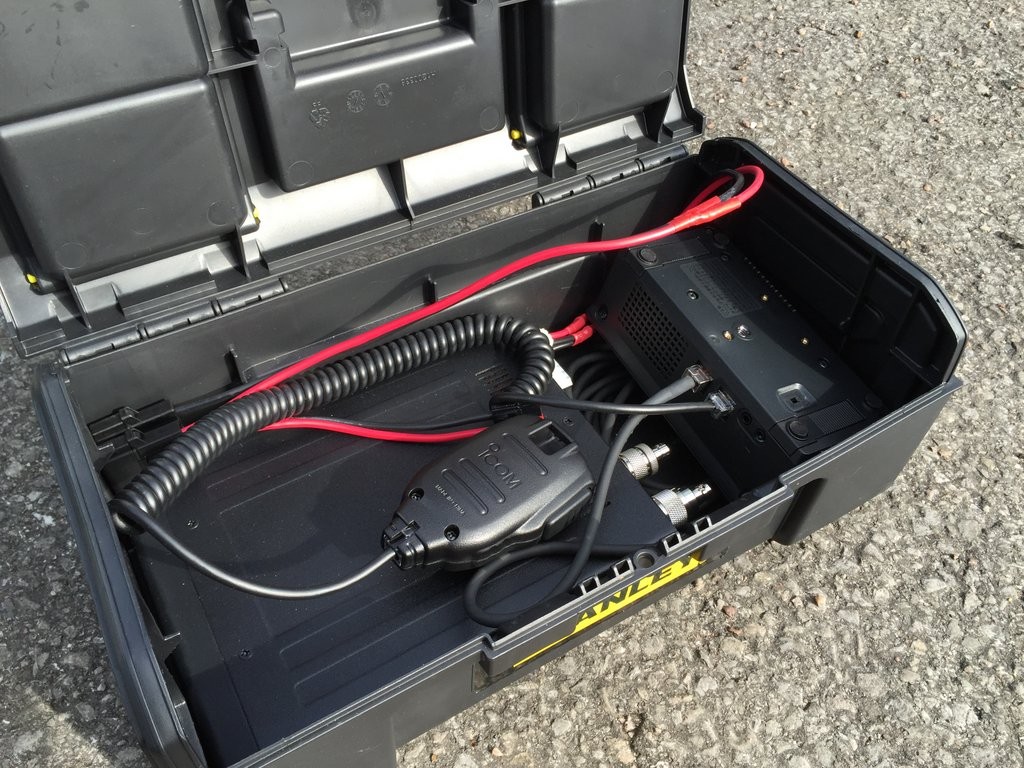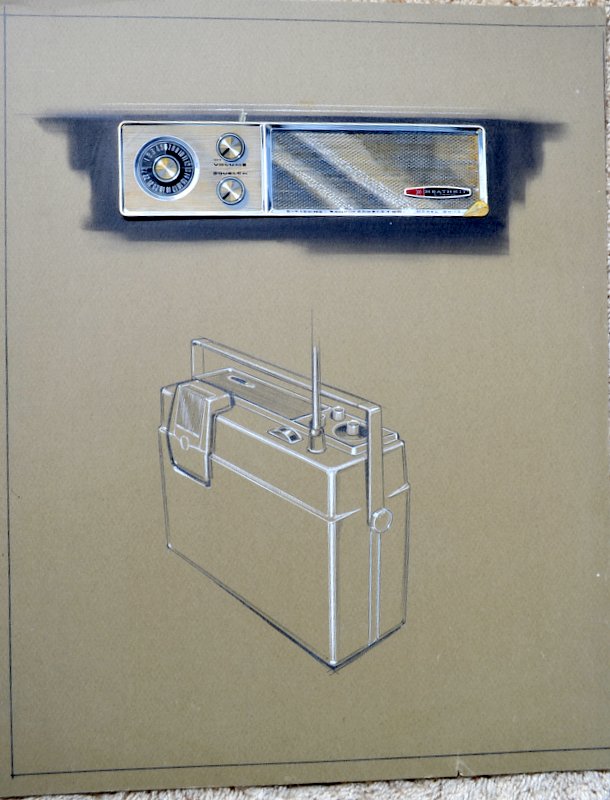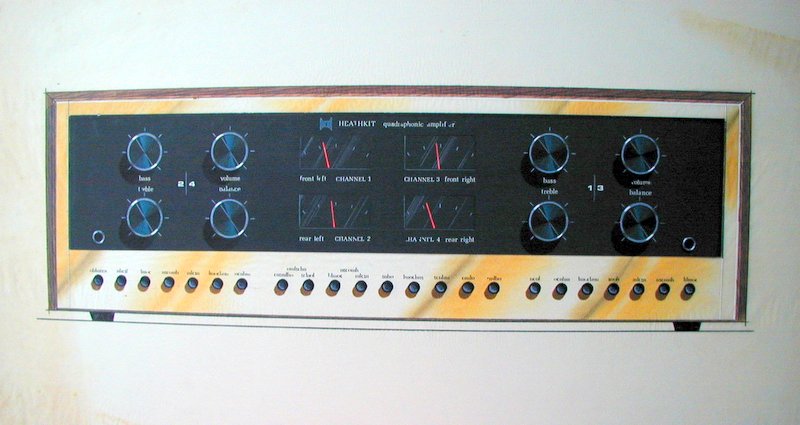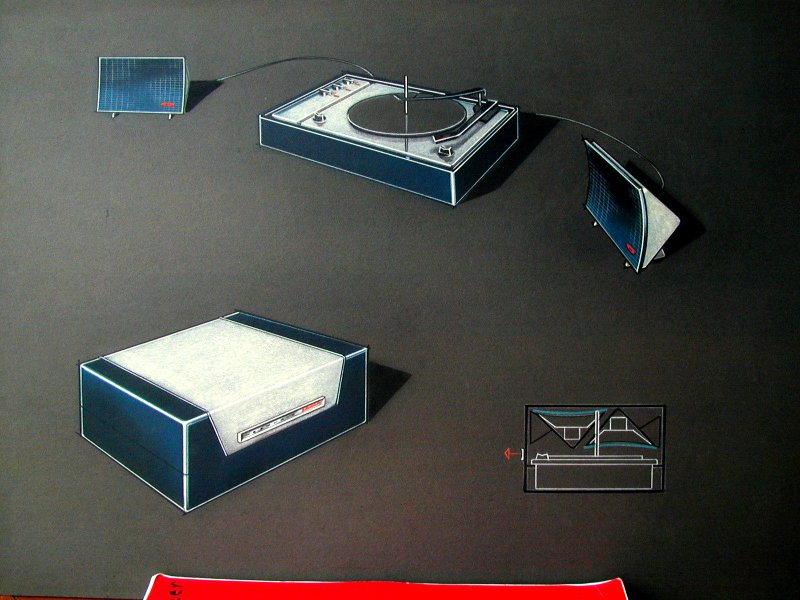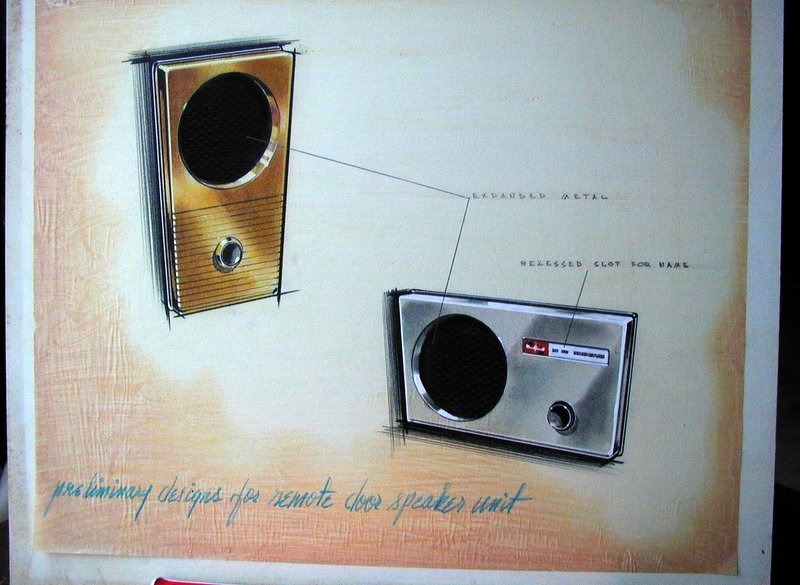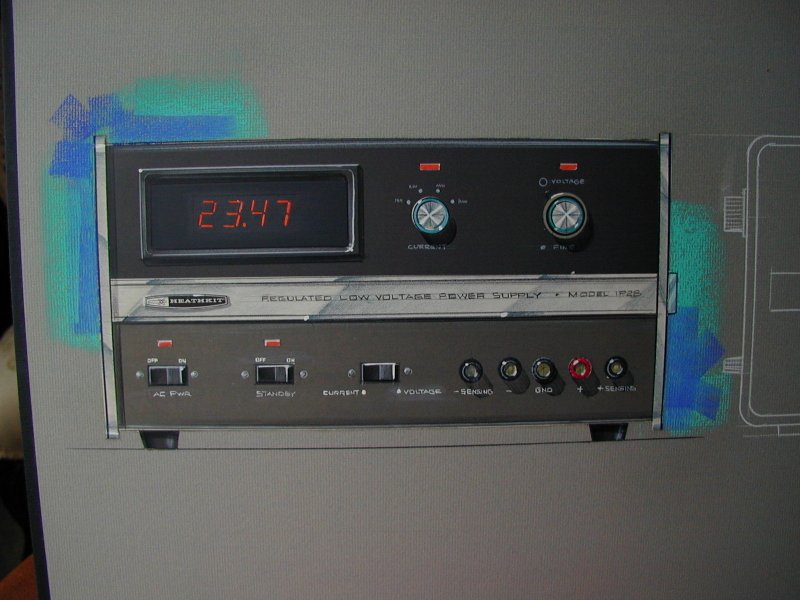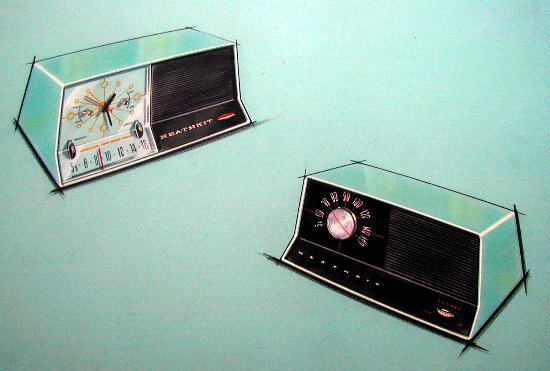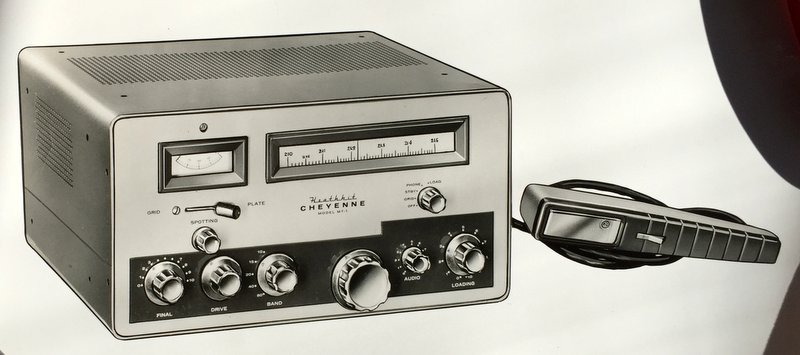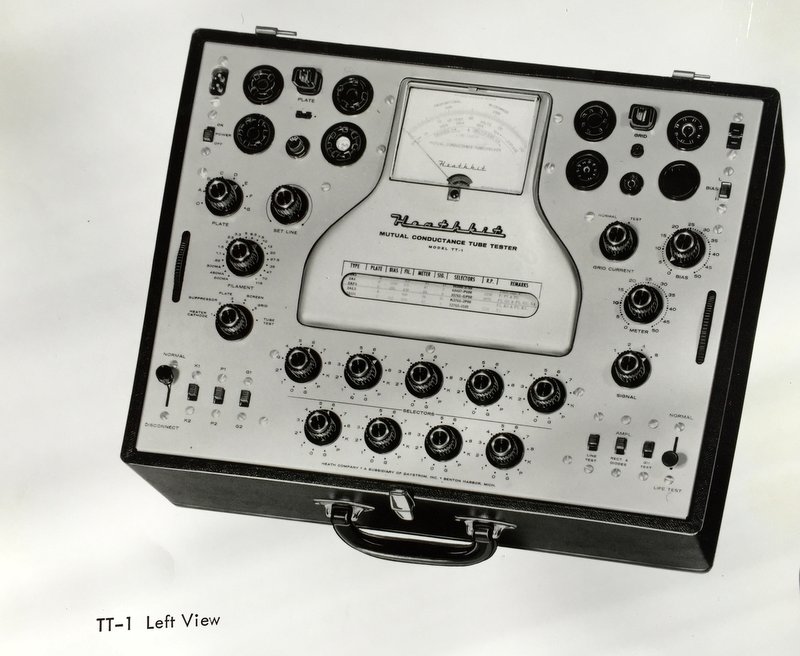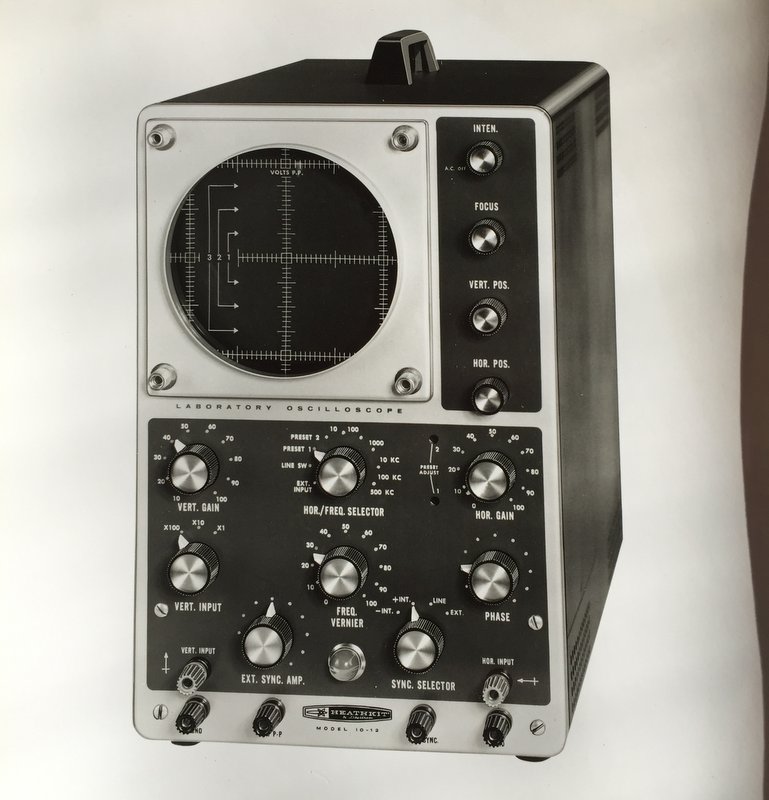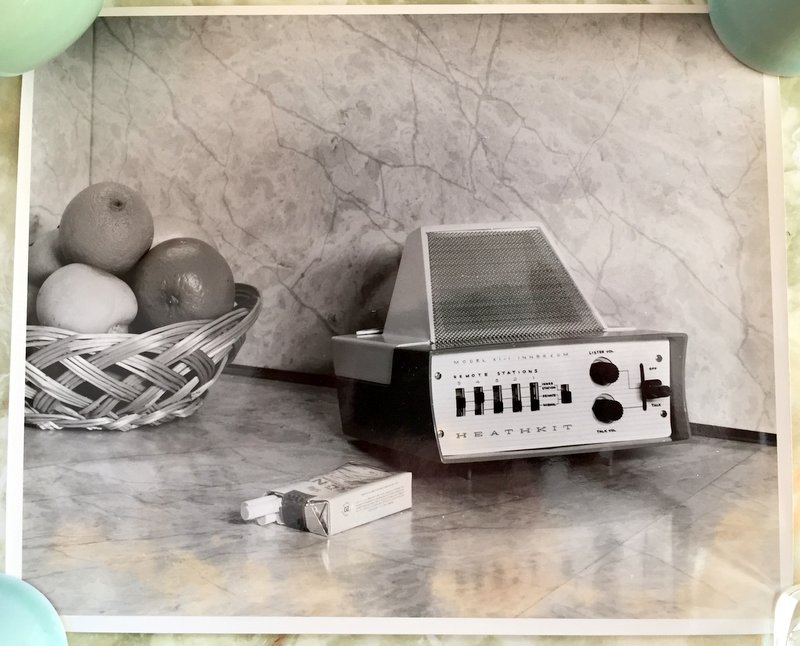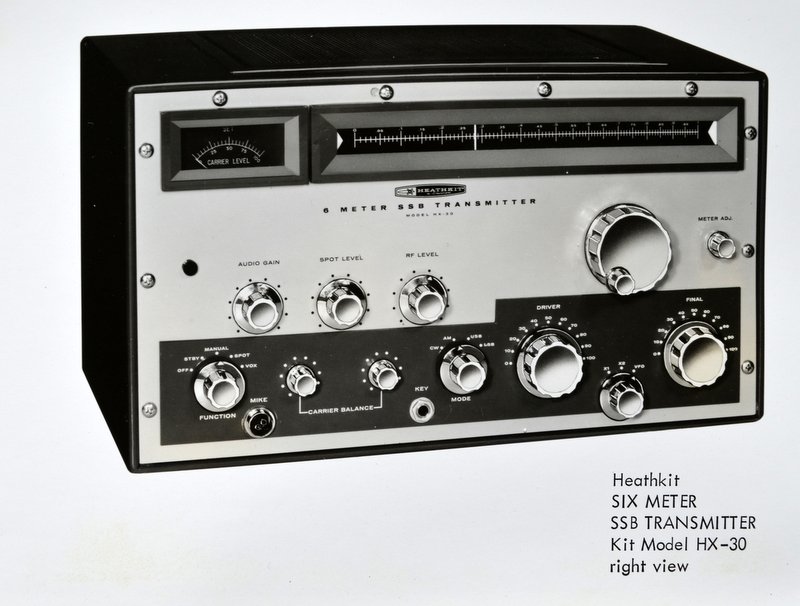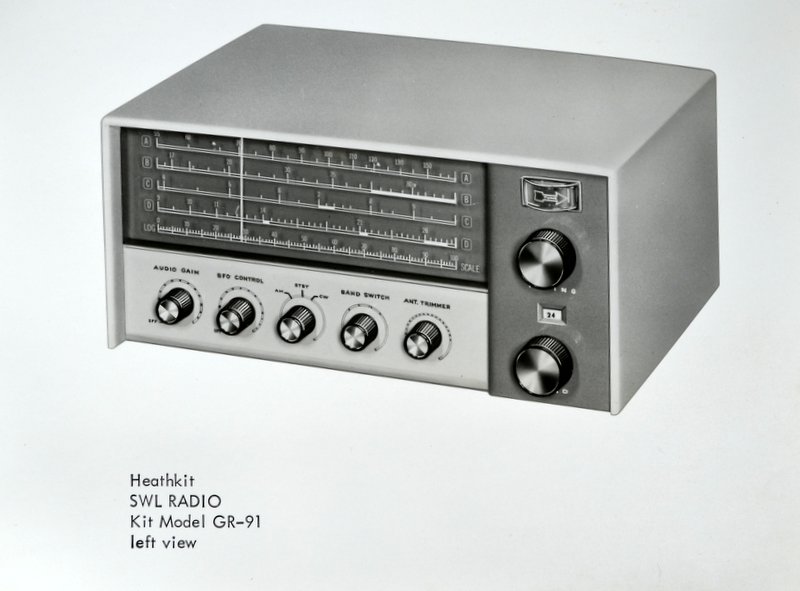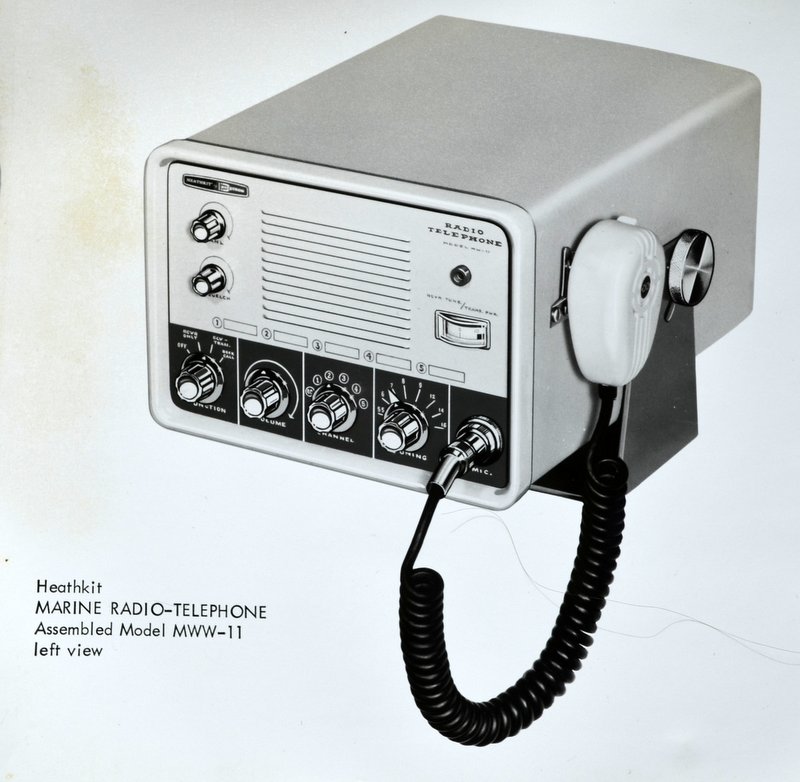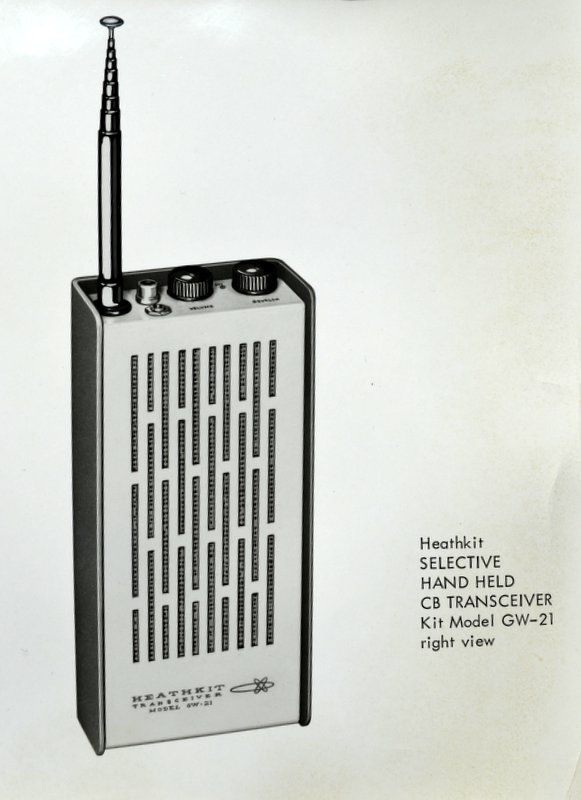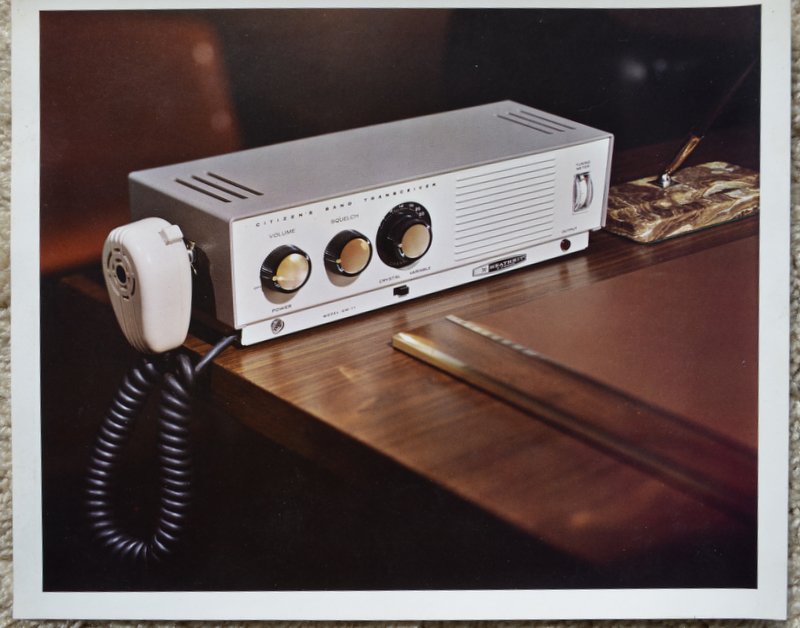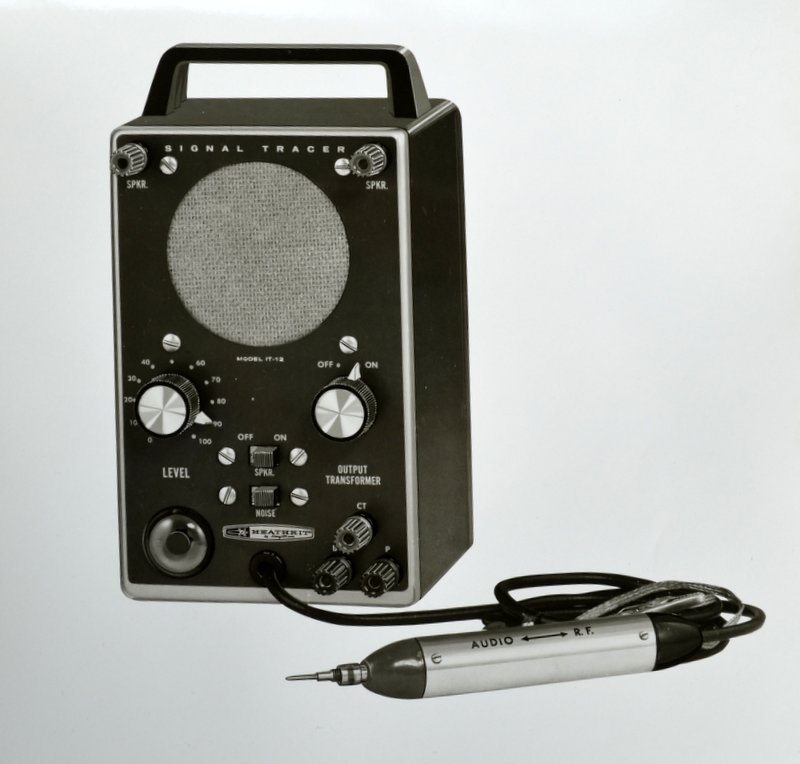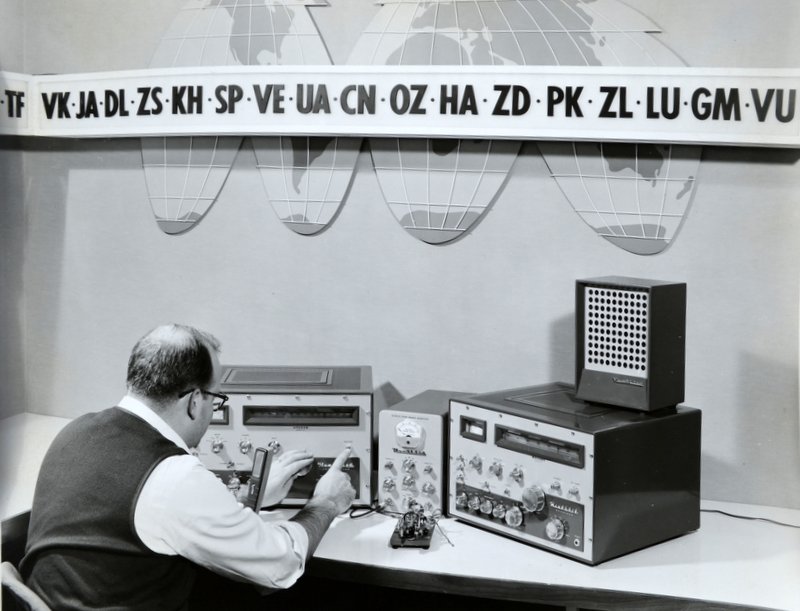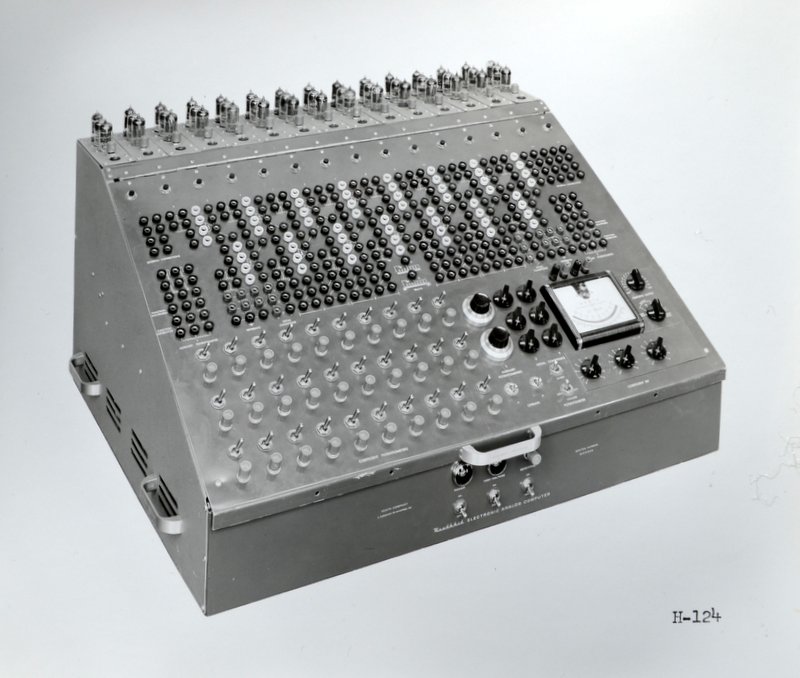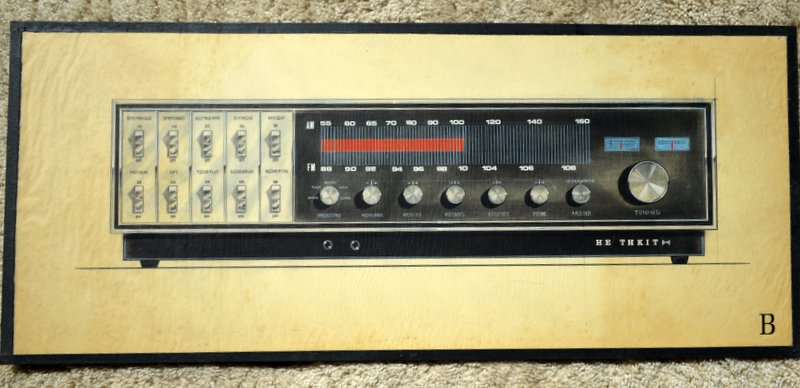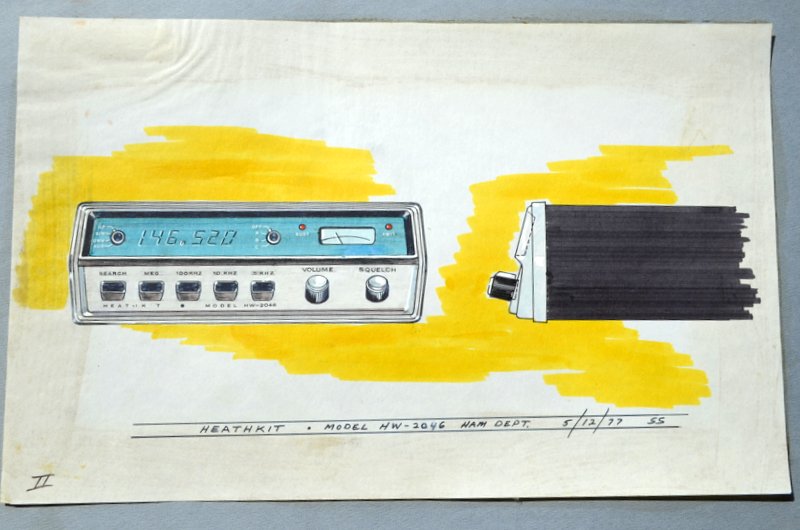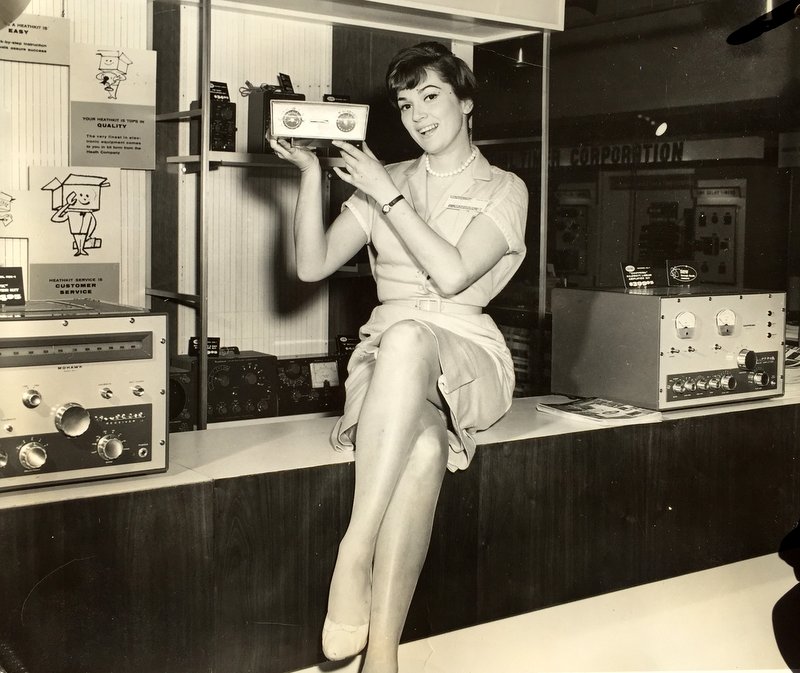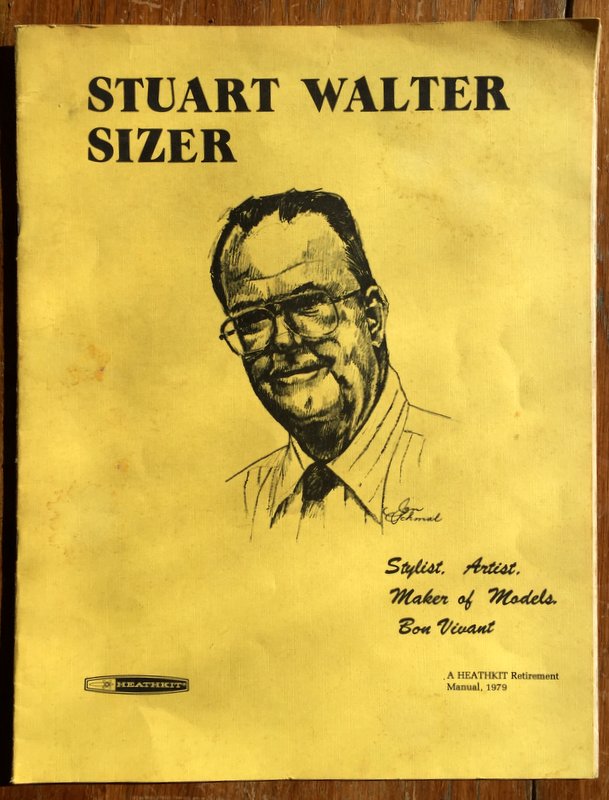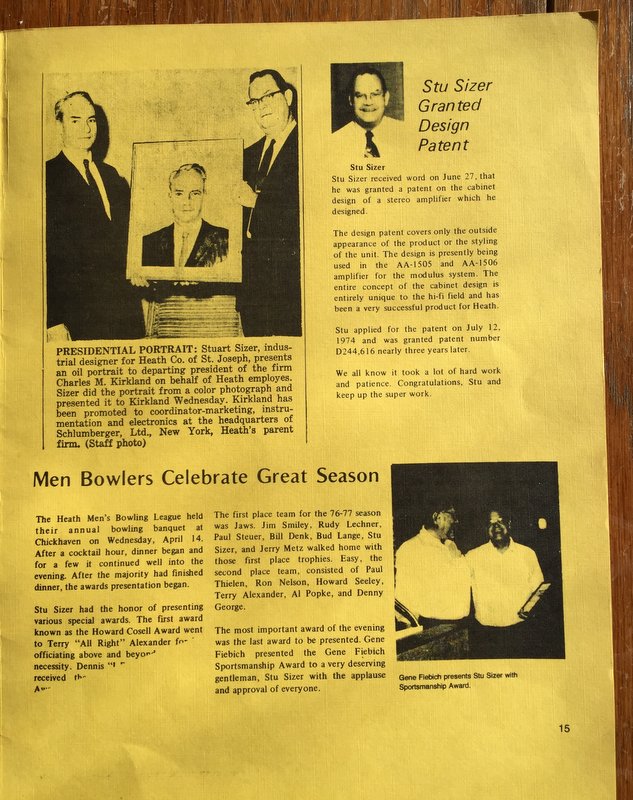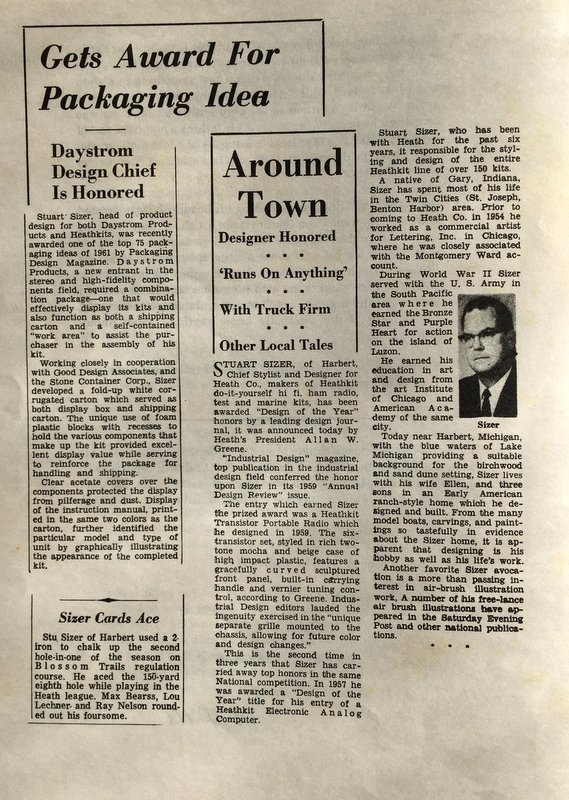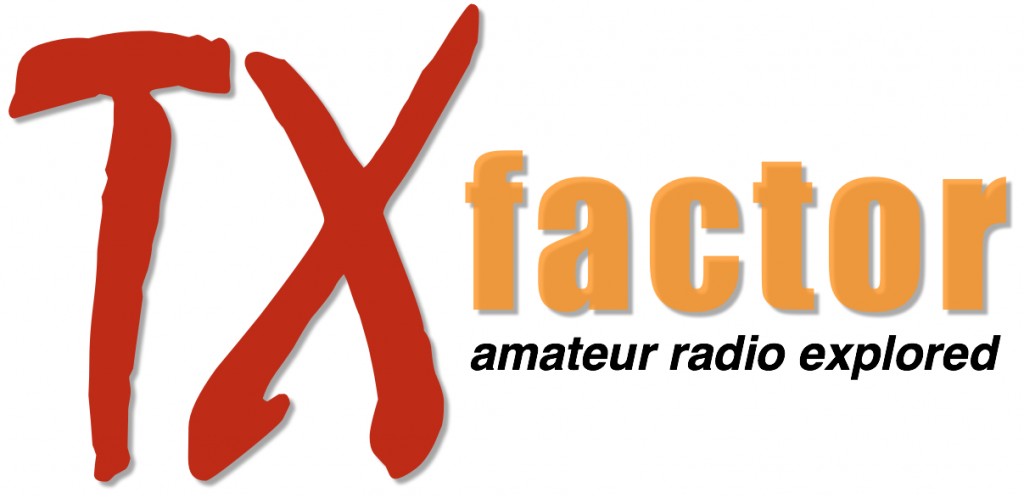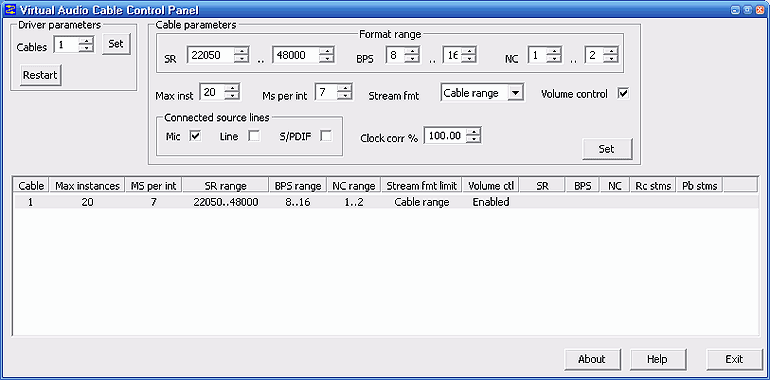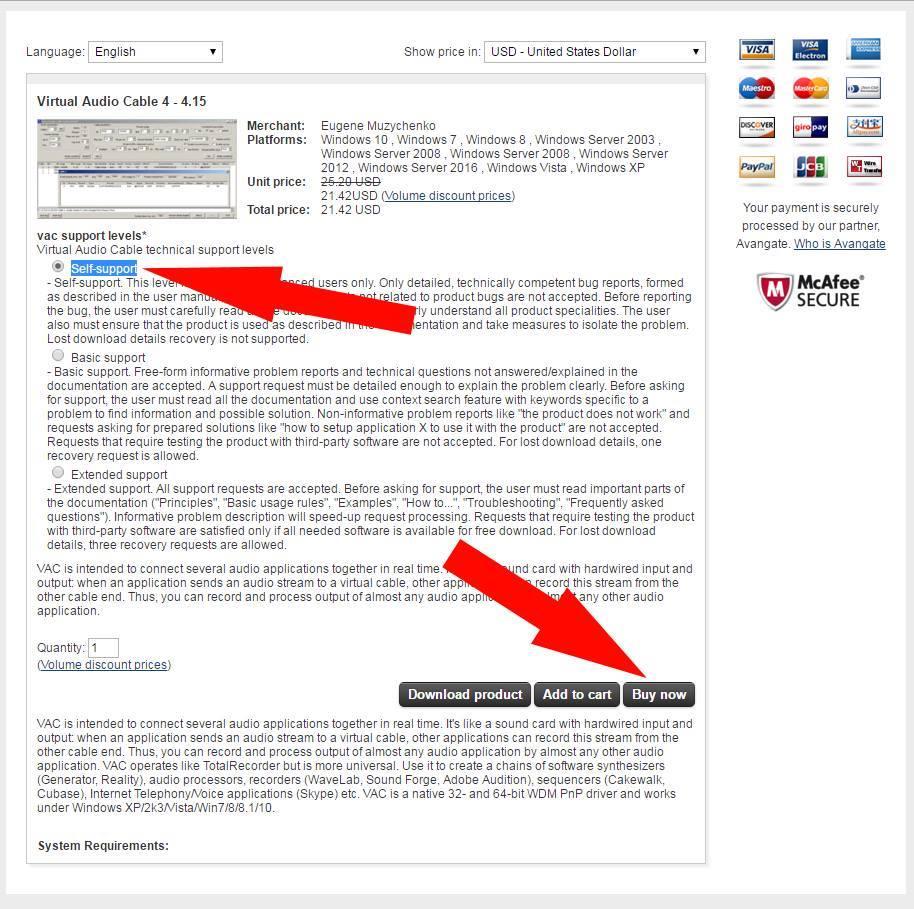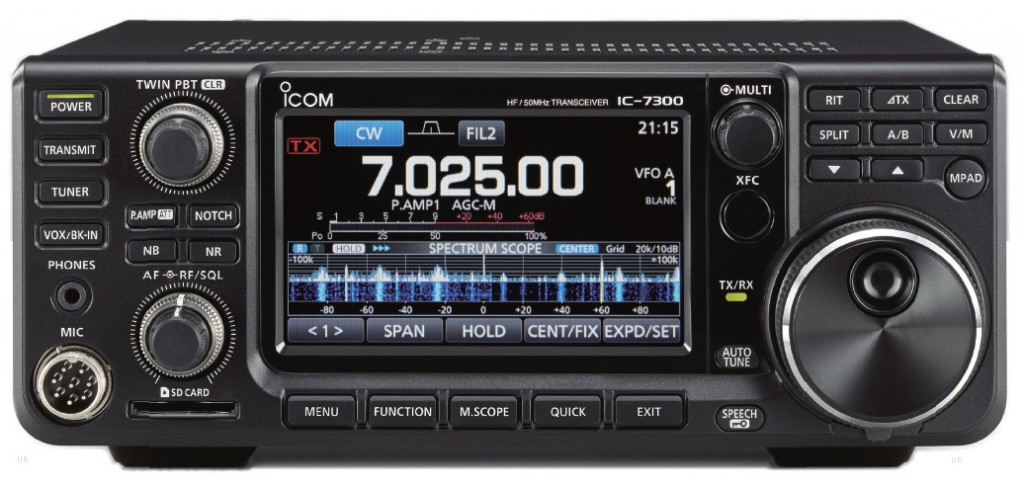Yesterday, my buddy Eric (WD8RIF) sent the following message:
“Take your girls outside with an HT and listen to the ARISS pass in just about 10 minutes. The downlink freq is 145.800.”
Though I was in the middle of another project, I took Eric’s advice: I grabbed my Yaesu VX-3, corralled my daughters and ran outside. Eric’s message was already eight minutes old when I read it, so I only had about two minutes to get ready.
Fortunately, I always have a Yaesu VX-3R loaded with fresh batteries in my EDC pack (above).
With the VX-3 tuned to 145.8 MHz, we waited as the ISS made its way above the horizon. The downlink audio of astronaut Tim Peake (KG5BVI) communicating with Walter Jackson Elementary in Decatur, Alabama, started to punch through the static after a minute or two. We listened the entire time we had line-of-sight to the ISS–about five minutes or so. We were pretty deep in a valley at that point, so I’m pleased we were able to catch even that much of a pass.
Of course, we could only hear one side of the conversation: the downlink from the International Space Station.
It was a memorable event for my girls who have seen ISS passes at night, but had never heard live audio from an astronaut before.
Here’s a short video of two of the exchanges we heard:
(Click here to view on YouTube.)
Eric pointed me to the ARISS “Upcoming Contacts” (http://www.ariss.org/upcoming-contacts.html) page where future ARISS QSOs are listed. Evidently, this particular ARISS QSO was the third Eric had monitored in two weeks.
Pretty much any receiver that can tune to 145.80 MHz FM–or a VHF scanner–can hear the ARISS downlink as long as the ISS is passing overhead during the transmission. Of course, if you have a high-gain antenna that can track the ISS as it moves across the sky, you’ll get even better results than I did with my basic rubber duck antenna.
My advice? If you want to impress a child (or your inner child–!) find a little time to listen to a future ARISS QSO!
Indeed, the next step for me is to see if I can propose an ARISS QSO for our school group!



